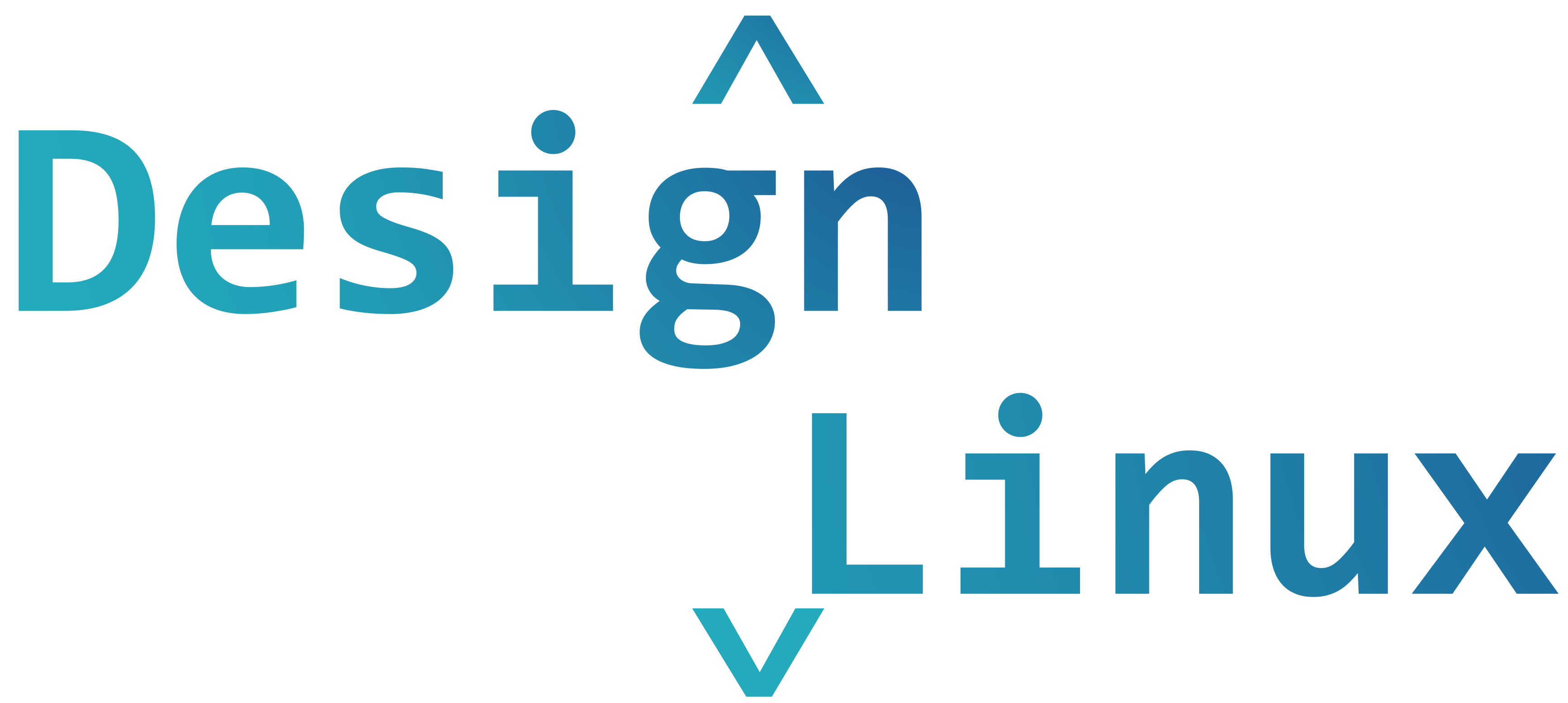
The mount command mounts (attach) file systems or a storage device and makes it accessible in the existing directory tree. While the umount command detaches the mounted file system from the directory structure. In this tutorial, you will learn how to attach and detach file systems using the mount and umount commands.
List Mounted File Systems
To list the all currently attached file systems, run mount command without any argument:
mount
This will show information about the device name, directory path where the device is mounted, filesystem type and mount option.
Mounting a File System
Use the mount command as following to mount a file system for a specific location:
mount [OPTION...] DEVICE_NAME DIRECTORY
Once the file system is attached, the mount point becomes the root directory of the mounted file system.
For instance, to mount the /dev/sdb2 file system to the /mnt/tns directory you would use:
sudo mount /dev/sdb2 /mnt/tns
Generally, when mounting a device it will auto-detect the file system type. However, some file systems are not recognized and need to be explicitly specified.
You can use -t option to specify the file system type:
mount -t TYPE DEVICE_NAME DIRECTORY
To specify additional mount options, use the -o option:
mount -o OPTIONS DEVICE_NAME DIRECTORY
Get a list of all mount options by typing man mount in your terminal.
Mounting USB Drive
Most latest Linux distro like Ubuntu, it will mounts USB drives automatically when you insert it, but sometimes you may need to manually mount the drive.
Perform the following steps, to manually mount a USB device:
At first, create the mount point by typing:
sudo mkdir -p /media/usb
For example, your USB drive uses /dev/sdd2 device, run following command to mount it to /media/usb directory:
sudo mount /dev/sdd2 /media/usb
Use the below command to find the device and filesystem type:
fdisk -l
Mounting ISO Files
Perform the following steps to mount an ISO file.
Make a mounting point and location would be as per your choice:
sudo mkdir /media/iso
Now mount the ISO file to the mount point by typing:
sudo mount /home/filename.iso /media/iso -o loop
You should replace /home/filename.iso with your ISO file path.
Mounting NFS
It’s required to have NFS client package installed on your system, before going to mount an NFS share.
Install NFS client on Ubuntu and Debian:
sudo apt install nfs-common
Install NFS client on CentOS and Fedora:
sudo yum install nfs-utils
Now follow the given steps to mount a remote NFS directory on your system:
Create a directory for mount point for the remote filesystem:
sudo mkdir /media/nfs
To mount the remote NFS share automatically at boot, edit the /etc/fstab file with your text editor:
sudo nano /etc/fstab
Add the following lines to the file and you should replace remote.server:/dir with the NFS server IP address and the exported directory:
# <file system> <dir> <type> <options> <dump> <pass>
remote.server:/dir /media/nfs nfs defaults 0 0Run following command to mount the NFS share:
sudo mount /media/nfs
Unmounting a File System
You can use the umount command to detach a mounted a file system. Use the umount command in following form:
umount DIRECTORY
umount DEVICE_NAME
Sometimes, the umount command will fail to detach the file system. So use the fuser command to find out which processes are accessing the file system:
fuser -m DIRECTORY
After determining the processes you can stop them and unmount the file system.
To unmount a busy file system use the -l (--lazy) option as following:
umount -l DIRECTORY
You can unmount using -f (--force) option to force an unmount. This option is usually used to unmount an unreachable NFS system.
umount -f DIRECTORY
Force mount may corrupt the data on the file system so it’s not recommended.
Conclusion
Hopefully, you successfully learned about how to use mount and umount command to attach and detach various file systems to your directory structure.
If you have any question or feedback, leave a comment below.
